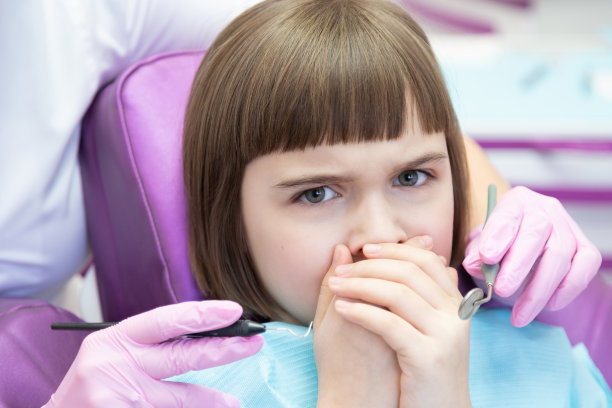Understanding the Procedure and Recovery After Extracting a Tooth for Optimal Oral Health
Summary: Understanding tooth extraction is vital for maintaining optimal oral health. This article delves into the entire procedure—from what to expect during the extraction process to the essential recovery strategies necessary for a smooth healing journey. Furthermore, it explores common post-operative care methods, signs of complications, and when to seek professional help. A well-rounded approach to understanding tooth extraction will not only ease dental anxiety but also encourage a proactive attitude toward long-term dental health.
1. The Tooth Extraction Process Explained

Tooth extraction typically begins with the dental professional assessing the patient’s oral health status. This assessment includes a thorough examination and possibly dental X-rays to determine the extent of the dental issue. Patients are often informed about the procedure in detail, listening to the doctor’s explanation regarding anesthesia and what sensations they may experience.
Once the patient is comfortable, anesthesia is administered. This step is crucial in ensuring that the patient does not feel any pain during the extraction. After the anesthesia takes effect, the dentist will carefully remove the tooth, which may require the use of specific instruments for loosening the tooth from its socket.
After the tooth is extracted, the dentist will provide the patient with post-operative care instructions. Its essential to follow these instructions to minimize discomfort and facilitate healing. Understanding each step of this process can help patients alleviate anxiety surrounding dental care.
2. Immediate Post-Extraction Care Strategies
Immediately following tooth extraction, it is essential to control bleeding. The dentist usually places a gauze pad over the extraction site, advising the patient to bite down gently. Maintaining pressure will help to form a blood clot, which is crucial for the healing process.
Ice packs can also play a significant role in providing relief. Applying an ice pack to the outside of the cheek near the extraction site can help reduce swelling and numb the area, alleviating pain during the initial recovery period. It is recommended to apply ice for 15-20 minute intervals in the first few hours after the extraction.
Diet plays a critical role in recovery as well. Patients are advised to consume soft foods and to avoid anything too hot or spicy within the first few days. Staying hydrated is also important, but using straws should be avoided as suction can dislodge the blood clot and lead to a painful condition known as dry socket.
3. Identifying Complications After Tooth Extraction
While many patients recover without complications, it is essential to be aware of potential issues that may arise. One common complication is dry socket, which occurs when the blood clot at the extraction site either dislodges or does not form correctly. Patients may experience severe pain several days post-extraction if this occurs.
Another concern could be infection. Symptoms such as increasing pain, swelling, or a fever may indicate an infection requiring immediate medical attention. Keeping an eye on symptoms and maintaining good oral hygiene can significantly reduce the risk of post-operative complications.
Furthermore, continued bleeding or excessive swelling beyond the first few days may warrant a consultation with the dentist. Regular follow-ups, perhaps scheduled by the dental team, ensure that any emerging issues can be promptly addressed.
4. Long-Term Care for Optimal Oral Health
Once the recovery is complete, maintaining oral health becomes paramount. Regularly scheduled dental check-ups can prevent potential complications from other teeth and ensure that the mouth remains healthy. Gentle brushing and care of the extraction site can facilitate healing, while also keeping bacterial growth at bay.
Moreover, integrating mouthwash containing antibacterial properties can assist in preventing infections after the healing period. Avoiding tobacco products is also advised, as smoking can impede the healing process and lead to complications.
Finally, patients should always remain vigilant about their oral health. Educating oneself about proper at-home dental care techniques, such as flossing and dietary considerations, is the first step toward preventing future issues that may require extraction.
Summary:
Understanding the procedures and recoveries involved in tooth extraction is crucial for maintaining optimal oral health. By being aware of the extraction process, immediate post-operative care, potential complications, and long-term care strategies, patients can navigate this common dental procedure with confidence.
This article is compiled by Vickong Dental and the content is for reference only.



